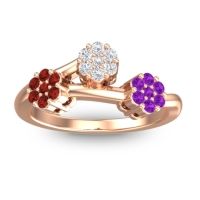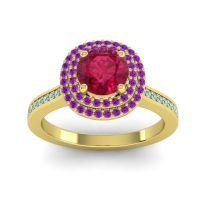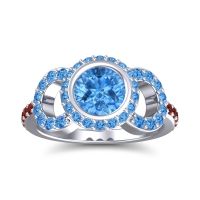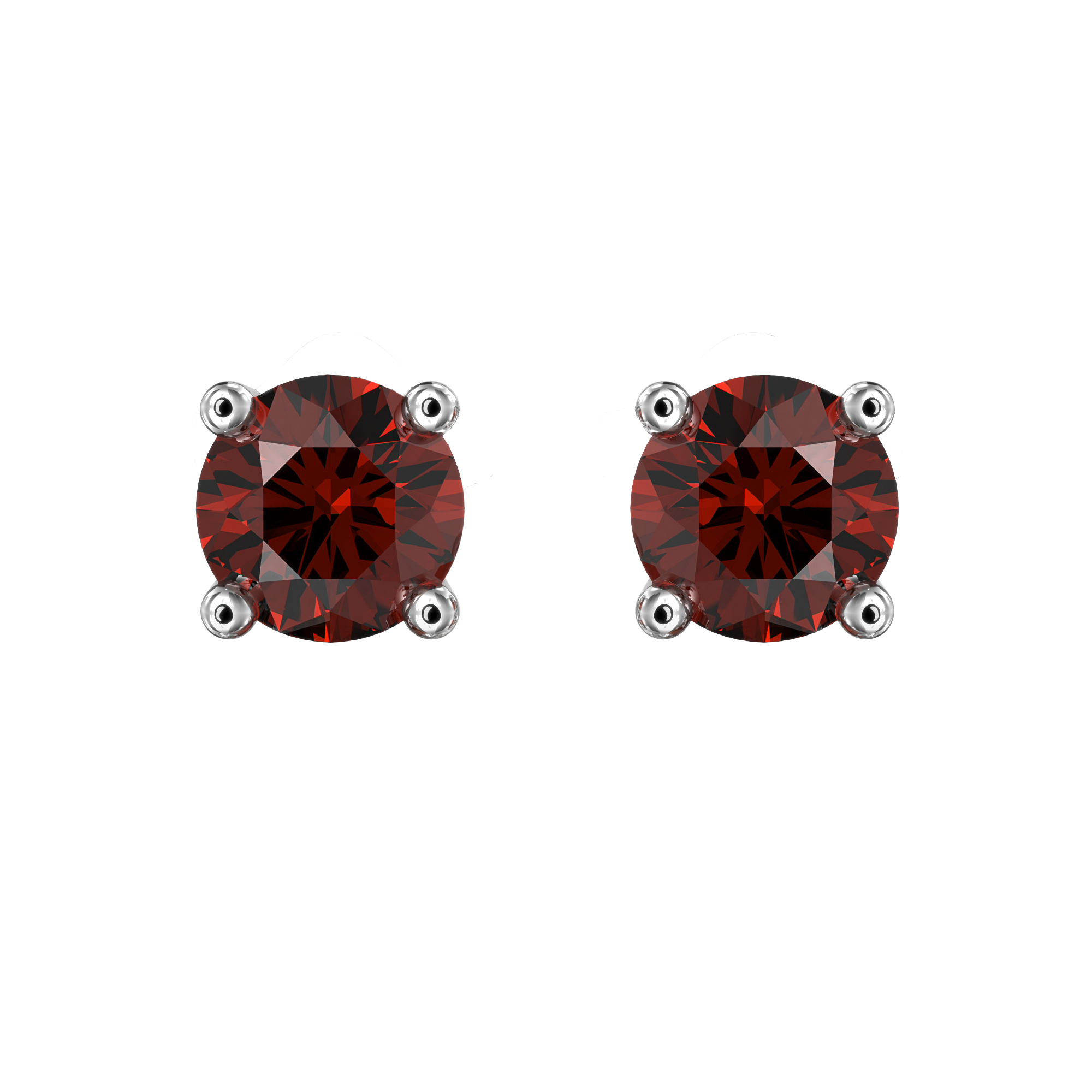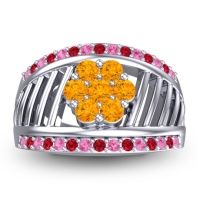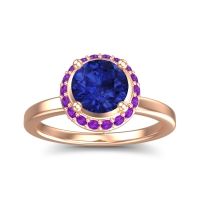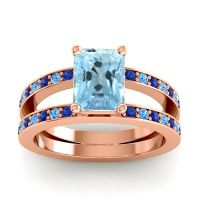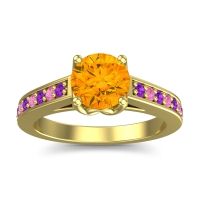Emerald – Maintenance
Though emerald ranks at a 7.5 to 8 on the Mohs scale and has fair to good toughness, it is a stone that requires more care than stronger gemstones, like ruby or sapphire. With proper care and regular maintenance, however, this is a stone that is sure to last for generations.
Handling
It is always recommended that emerald jewelry be handled and picked up by their bands or chains – never by the actual stone itself. This prevents the gems from getting a buildup of natural oils and other residue that are often transferred from the hands.
Exposure and Cleaning
There are several elements that emeralds shouldn’t be exposed to. Any household chemical, chlorine, hand and cosmetic lotions, hair-styling products, and other harsh liquids should be avoided around this gem. Sudden changes in temperature and ultrasonic vibrations should also be avoided, as this may affect the stone’s brilliance and shine.
Similar to many other gemstones, emerald can accumulate oil, dirt, makeup and other residue from everyday use. A good rule to remember for keeping your stone in mint condition is to handle it as little as possible while completing routine tasks, such as applying makeup, spraying hairspray or perfume, washing your face, etc. Something to think about is: “Last in, first out.” Additionally, it’s best to perform routine cleaning at home to avoid intensive cleanings, which remove essential oils that maintain the stone’s clarity over time. Use these simple cleaning steps:
-
Polish the ring or stone with a 100% cotton cloth before applying any water, as this will loosen up any caked-on residue or oils. Make sure that the cloth is actually full cotton, as synthetic fabrics tend to harm its surface.
-
Fill warm water into a bowl or sink – enough to completely submerge the stone. As the water pours into the container, mix in a teaspoon of mild liquid soap. If needed, place a towel or other protective material to the bottom of the sink to prevent any damage to the bowl.
-
Soak the gem for 10 to 15 minutes to allow dirt and oils to loosen.
-
With a soft-bristled brush (a jewelry brush or a soft toothbrush will work), gently scrub the surfaces of the emerald. For multiple stones in one piece of jewelry, be sure to clean in each of the crevices and along the prong areas, so as to not miss any parts of the smaller stones.
-
Rinse the stone with lukewarm water. Repeat rinsing if necessary to ensure all soap and residue is removed.
-
Lightly wipe away any water on the stone using a 100% cotton towel. Try to avoid using your fingernails to get in each crevice, as it may scratch the stone’s surface.
-
Place the gem in a safe, room-temperature place to fully dry. The stone must be completely dry to wear.
Visit a certified jeweler a few times per year to have your gem examined and professionally polished – this will ensure an even more brilliant appearance. Ask the jeweler to check the mounting and setting, as well, to ensure that the stones have not been altered from their original placement.
Storing
Though emerald is quite durable in terms of mineral hardness, it is important to protect your jewelry carefully, so as to not scratch or chip any pieces. If you have any gemstone jewelry that is stronger in mineral hardness than emerald, there is a high chance that your stone will get scratched if placed in the same container. It is a good idea to store each of your gemstones separately in compartmentalized boxes at room temperature.
Repairing
Although it is always recommended that any cracked or impaired gemstone be taken to a professional to mend, this can sometimes get expensive and may not be worth the money. If you are planning to do any repairing at home, be sure to follow these five easy steps:
-
Using a damp rag and mild dish soap, clean the emerald so it is free of any oil or residue. Then, dab it dry with a 100% cotton cloth.
-
Pour an emerald finish into a container. Without thinning the finish, use a mixing blade to mix the finish at a low speed.
-
Empty the solution into a backpack sprayer. This allows the top coat to have an even finish when it dries, as opposed to a brush or roller.
-
Place the emerald on a flat cardboard surface and spray the emerald evenly across all surfaces.
-
Let the emerald completely dry on the cardboard. If a more refined coat is needed, reapply another coat.









































































































































































































































































































































































































































































































































































































































































































































